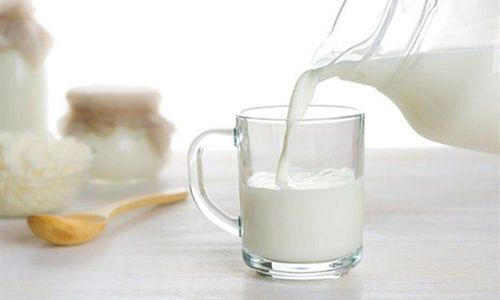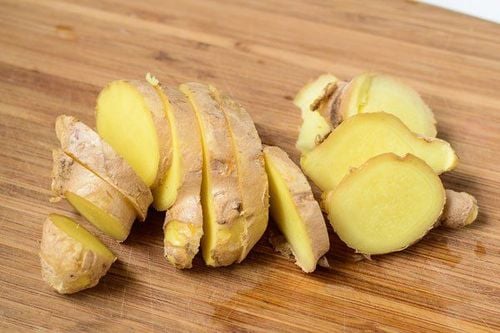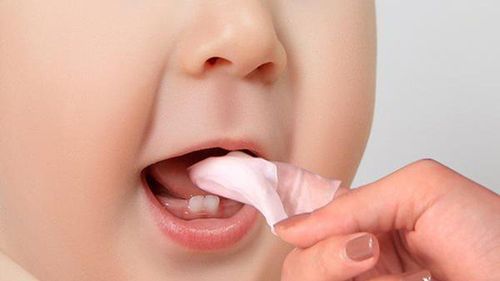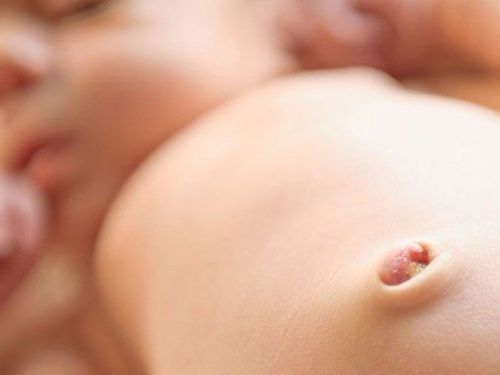This article is professionally advised by MSc, MD Nguyen Thi An - Pediatrician - Neonatologist at Vinmec Ha Long International General Hospital. The doctor is dedicated to child healthcare and has successfully treated many complicated cases in newborns.
Typically, a newborn's umbilical cord stump falls off within 7 to 20 days, which is a normal occurrence. However, if the stump has a foul smell along with white pus or yellow pus, parents should be very cautious, as this may indicate an infection.
1. How Dangerous is a Foul-Smelling Umbilical Stump with White Pus?
The umbilical cord plays a crucial role in providing nutrients from the mother while in the womb. After birth, the stump requires time to heal and fall off.
While the falling off of the stump is normal, if there is a foul smell along with white or yellow pus, parents need to be cautious as this is a sign of an infection.
Other symptoms indicating an infection may include swelling, redness around the stump, or bleeding from the stump.
Since the umbilical stump is connected to blood vessels, any damage in this area can negatively affect the blood flow and internal organs of the newborn. The most severe complication that can arise from umbilical cord infections is tetanus, as well as septicemia—one of the leading causes of death in newborns.
2. What Causes a Newborn's Umbilical Stump to Have Pus?
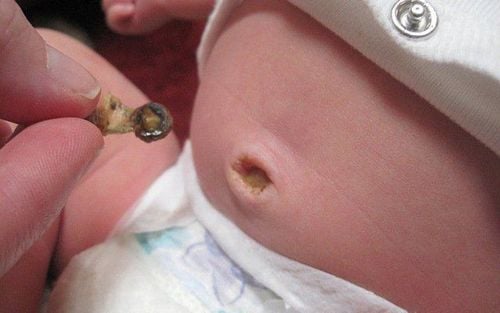
A newborn's umbilical stump with white or yellow pus is a sign of infection caused by pus-forming bacteria. Common reasons for this include:
- Parents not properly cleaning the stump, such as wrapping it too tightly, failing to clean it regularly, neglecting to wash their hands before cleaning it, or using homemade remedies without a doctor's consent.
- Some parents may avoid touching the stump out of fear of causing pain to the baby, leading to infrequent cleaning and bandage changes, which can result in a foul smell and pus.
- On the other hand, some mothers over-clean the stump, not realizing that improper care can lead to prolonged healing times and infections.
These actions create a moist environment for bacteria to grow, making it more likely for infections to occur.
3. What Should You Do If Your Newborn's Umbilical Stump Has a Foul Smell and White Pus?

If you notice your newborn's stump has pus with a foul smell—whether it has fallen off or not—parents should take the baby to the hospital for a check-up immediately, as only through direct examination can the doctor diagnose and treat accuratedly.
Additionally, proper care for the umbilical stump directly impacts the baby’s health, so parents should take special care when cleaning it. Here are some key points for proper care of the stump in newborns:
- Keep the stump clean and dry. Parents should fold the baby's diaper under the stump to allow it to air out.
- Avoid letting urine or feces come into contact with the stump. Clean the area gently with a cotton pad or gauze dipped in a little alcohol 1-2 times a day. If there is any feces or urine on the stump, clean it and change the diaper immediately.
- In hot conditions, dress the baby in loose-fitting diapers and t-shirts to allow airflow and speed up the drying process. Avoid tight clothing until the stump has completely fallen off and dried.
- Parents should not rush the process if the stump does not fall off by the expected time, as this varies from baby to baby. It’s essential not to attempt to pull off the stump even if it seems loose.
- Before bathing or cleaning the baby, remember to wash hands with soap to prevent germs from entering the baby's body. Poor hygiene can easily lead to infections of the stump, which can result in tetanus or sepsis—serious conditions that can be fatal in newborns.
After bathing and cleaning the baby's personal hygiene, mothers should promptly change the baby's umbilical bandage. It is essential to sterilize your hands with 70-degree alcohol before removing the old bandage to clean the baby's navel. Use a cotton swab dipped in Povidine solution to gently clean from the top of the navel to the base, and then apply a new bandage and secure it in place.
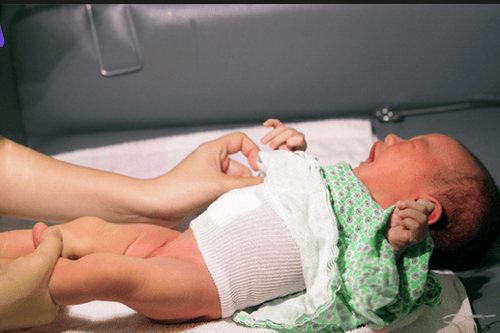
- Both bathing and changing the umbilical bandage should be done very gently. The bandage should not be applied too tightly, as this can cause discomfort for the baby and may lead to infection due to lack of airflow to dry the navel area. Cleaning the baby's navel should be done daily until the umbilical stump dries and falls off.
- Keep the baby's bedding and clothes clean. Ensure that the baby room is in a well-ventilated with good air circulation. Absolutely avoid keeping the baby's room stuffy or damp, as this creates conditions for bacteria to thrive and can lead to symptoms like pus at the navel or foul odor after the stump falls off.
Avoid using any folk remedies that are not prescribed by a doctor to sprinkle on the baby's navel.
It's important to monitor the baby's navel stump daily to promptly identify any abnormal signs and take appropriate action to prevent dangerous complications for the baby.
Please dial HOTLINE for more information or register for an appointment HERE. Download MyVinmec app to make appointments faster and to manage your bookings easily.
To arrange an appointment, please call HOTLINE or make your reservation directly HERE. You may also download the MyVinmec app to schedule appointments faster and manage your reservations more conveniently.
